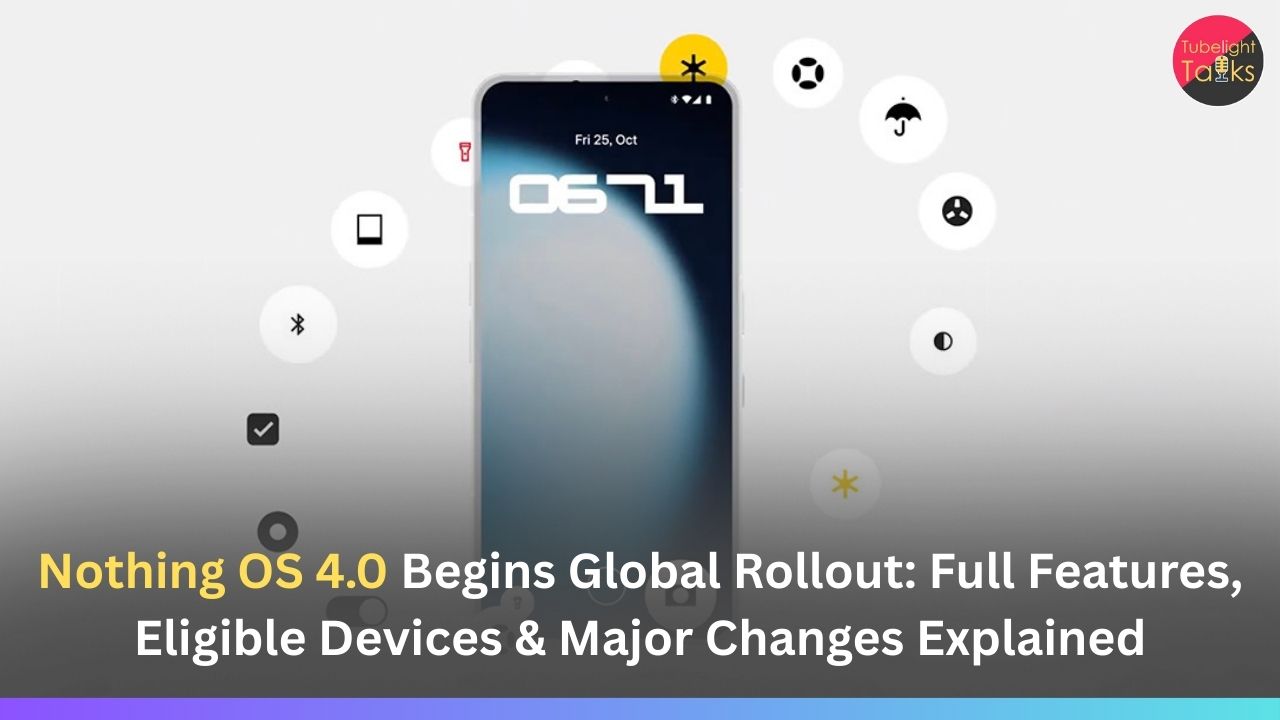IndiaAI Mission in 2025: India’s AI build-out is entering an execution phase. The Cabinet’s IndiaAI Mission allocation of ₹10,372 crore (five years) has translated into national GPU capacity, a data/models platform (AIKosha), funding pathways for foundation models, and fresh AI Governance Guidelines to keep deployments safe and fair.
For teams deciding whether—and how—to plug in, this guide assembles what’s official now (compute access, tenders, datasets, governance) and what’s next (additional tenders, institutions), with only MeitY/PIB/INDIAai sources you can cite in proposals, decks, and policies.
The Mission, in one page
The IndiaAI Mission was approved to “propel innovation and build domestic capacities” with an outlay of ₹10,300+ crore over five years. Components include AI compute, datasets/models, innovation centres & grants, skilling, and responsible AI. Use the PIB approval note when you need a single authoritative line in proposals.
2025 snapshot
- Compute: Government communications in Oct–Nov 2025 cite ~38,000 GPUs made available through the Mission, building on earlier 2025 milestones (34,000 GPUs in May).
- Datasets & models: AIKosha launched as a secure repository/IDE; the governance document notes 1,500 datasets and 217 models onboarded across 34 entities.
- Governance: India AI Governance Guidelines published this month outline safety, risk and accountability, and the institutional track (AIGG/TPEC).
Compute access, plainly explained
What “38,000+ GPUs” means in practice
- Common compute capacity is a pooled, subsidised resource for startups, researchers and public projects; rates and pools evolve as tenders add hardware. PIB’s October brief presents the headline number; May’s note details the ramp (34k → 38k).
- A January 2025 update framed 10,000 GPUs as the initial program pillar; rounds since then have expanded supply (with subsequent tenders adding further capacity).
Where to watch for availability
- INDIAai Compute hub and mission pages carry pillar summaries and access routes as they open. Keep an eye on INDIAai and MeitY/SECI-like tender pages for new rounds.
- Trade press has tracked additional tender rounds (e.g., round-2 bids ~18,000 GPUs; a later tender adding ~3,850 GPUs and TPUs). Treat these as context; anchor your capacity claims to PIB/MeitY.
Copy-ready line: “Over 38,000 GPUs are available at subsidised rates to startups and researchers; an additional secure 3,000-GPU cluster is being constructed for sovereign/strategic use.”
AIKosha: data, models—and an IDE
Why AIKosha matters
AIKosha is a secured platform by MeitY that houses datasets, models, use cases, and provides an integrated development environment for experimentation—lowering setup friction for academia and startups.
What’s already onboarded
The governance document records 1,500 datasets and 217 AI models contributed by 34 entities, across 20+ domains. Use this figure when writing grants or compliance sections that need official dataset provenance.
How to use it in your stack
- Discovery → sandbox → export: curate data in AIKosha, prototype in the IDE, then export trained artefacts to your cloud/VPC for scale.
- Compliance: note source, licence, and lineage as per your responsible AI checklist (below).
Funding & model-building: what’s official
Foundation-model track
- PIB May 2025: alongside compute ramp, three more startups were selected to develop Indian foundation models, signalling a funded pathway for LMMs and domain models.
- PIB October 2025: update on 12 companies developing foundation models “using 38,000 GPUs at ~₹65/hour”, with reference to a National LLM; use this as a context line when explaining the industrial pipeline.
Innovation centres & pillars
- The IndiaAI Innovation Centre hub describes focus on large multimodal models and sectoral foundation models—useful when mapping your product to public priorities.
Build vs Buy: how Indian startups and CIOs can leverage IndiaAI
If you’re a startup/fabless AI company
- Apply for compute via the IndiaAI/mission gateway when your training plan is credible (curriculum, batch sizes, tokens, checkpoints).
- Train on AIKosha datasets where licences suit your use; cite dataset IDs in your model card.
- Foundation-model track: monitor calls for proposals through PIB/INDIAai; align your LoR with public priority domains (health, agri, languages, MSME).
If you’re a CIO/CTO in BFSI, healthcare, manufacturing
- Split workloads: prototyping on AIKosha + Mission GPUs; production on your cloud with guardrails from the Governance Guidelines.
- Procurement: include safety evaluations, model cards, lineage in RFPs; ask vendors to declare Mission compute/dataset usage for reproducibility.
- Compliance: map DPDP/IT Rules interplay where personal data is involved; (DPDP rules are pending final notification—track MeitY).
Intelligence with Integrity
Advanced AI is only as helpful as the intent and honesty of the people who build it. When teams choose truthful data use, fair testing, and care for users over shortcuts, models become safer and more useful for everyone. Simple, practical virtues, as per guidance of Sant Rampal Ji Maharaj, are honest work, non-exploitation, responsibility for outcomes – turn an impressive demo into trustworthy infrastructure for society.
Bringing those values into daily routines (writing a model card faithfully, respecting consent, paying contributors on time) is what makes a technology revolution genuinely humane.
Ship faster, but safer—using official rails
Start today
- Bookmark INDIAai hubs for Compute and Innovation Centre; watch PIB for tender and grant notices.
- Open an AIKosha account; shortlist 3 datasets and 2 models you can build on next week.
- Align your internal policy to the India AI Governance Guidelines; institute risk tiering and incident response now.
Read Also: AI Boom in India 2025: How It’s Revolutionizing Smartphones, Jobs, and Daily Life
FAQs: IndiaAI Mission in 2025
Q1. What is the official outlay for the IndiaAI Mission?
Over ₹10,300 crore across five years (Cabinet/PIB, Mar 7, 2024).
Q2. How much compute is available right now?
Government updates in Oct–Nov 2025 cite ~38,000 GPUs (up from 34,000 in May). The Guidelines further note 38,231+ GPUs and a 3,000-GPU sovereign cluster under construction.
Q3. What is AIKosha and how many resources does it host?
A secure datasets/models platform with an IDE; the latest official figure states 1,500 datasets and 217 models onboarded from 34 entities.
Q4. Is there support for building Indian foundation models?
Yes. PIB (May 2025) recorded three more startups selected; later updates mention 12 companies building FMs using Mission compute. Watch INDIAai/PIB for calls.
Q5. What rules govern “responsible AI” today?
Refer to the India AI Governance Guidelines (Nov 2025) for risk, safety, accountability, and institutions; track IT Rules amendments (e.g., deepfake labels) separately until notified.
Q6. Where do I find the official pillars and portals?
Use the INDIAai site (pillars, hubs), PIB Mission approval note, and compute hub pages as your authoritative anchors.
Q7. Are more GPUs coming?
Media have tracked additional tender rounds (e.g., bids ~18k GPUs; another ~3,850 GPUs incl. TPUs). Treat as context; rely on PIB/MeitY for confirmed capacity.










